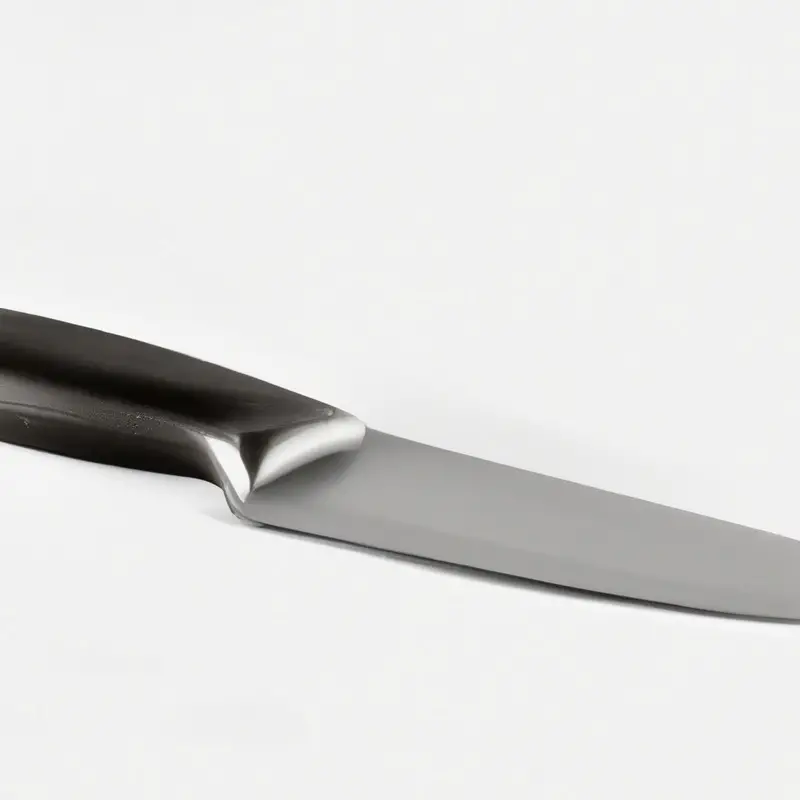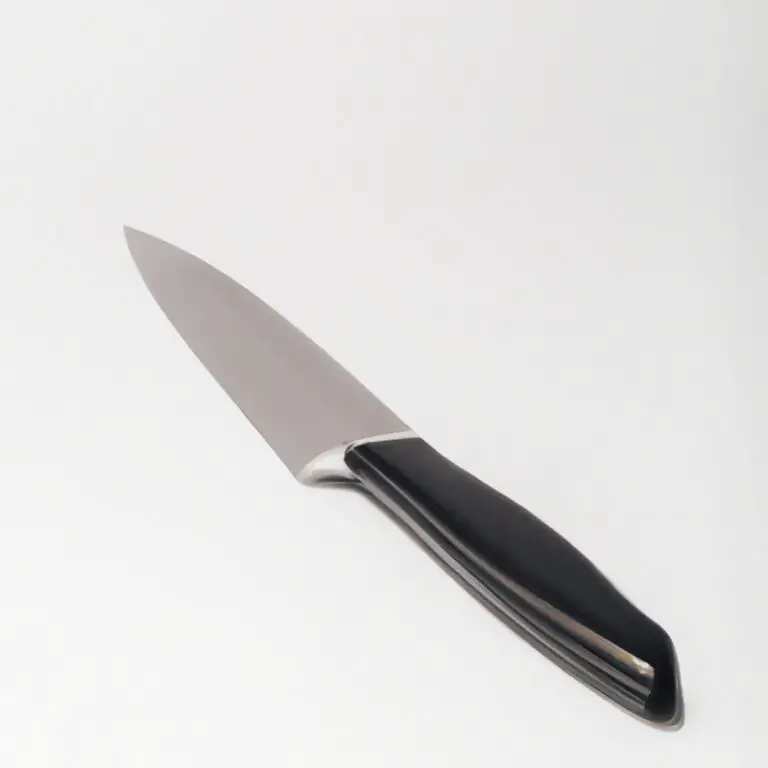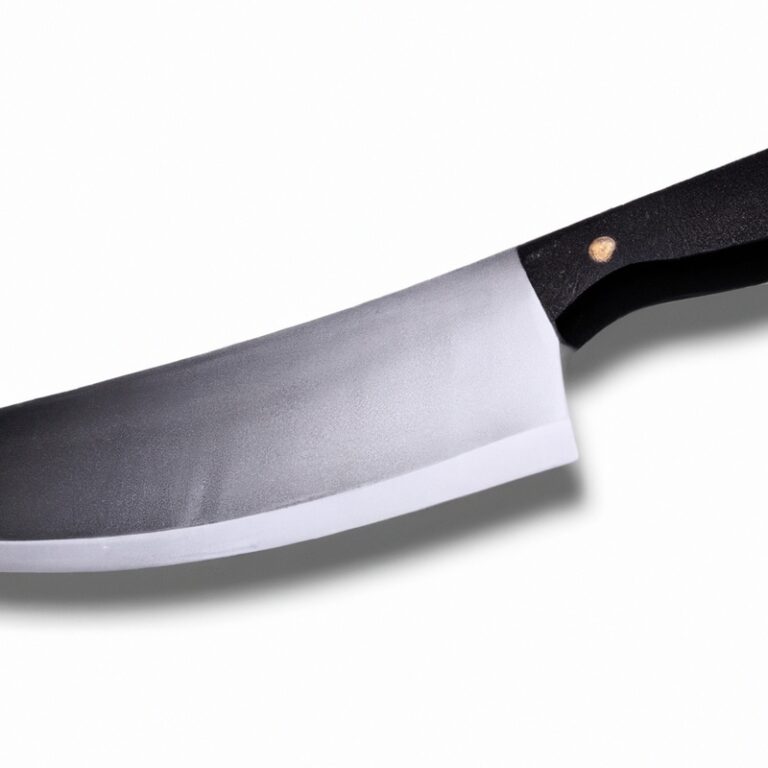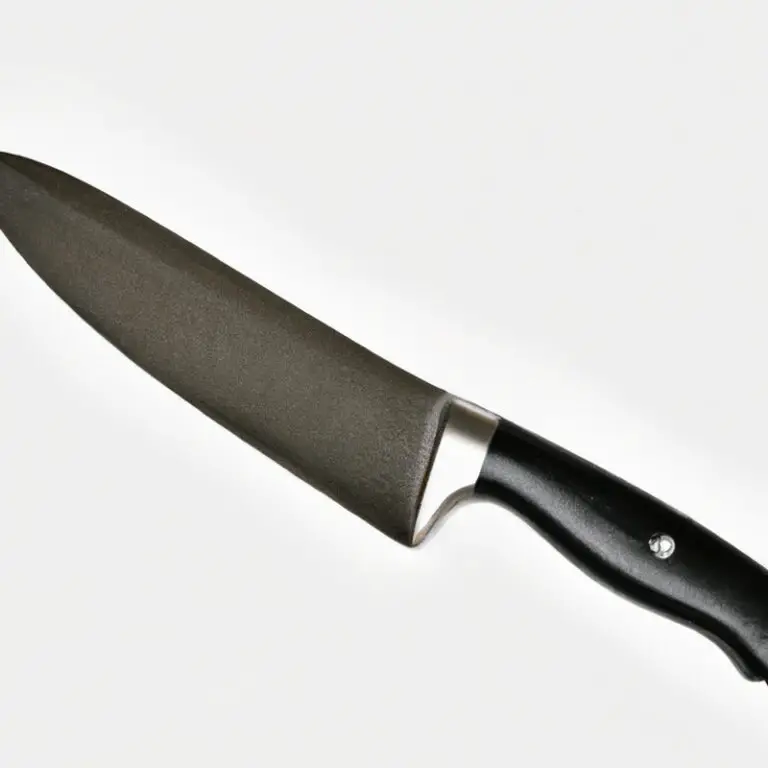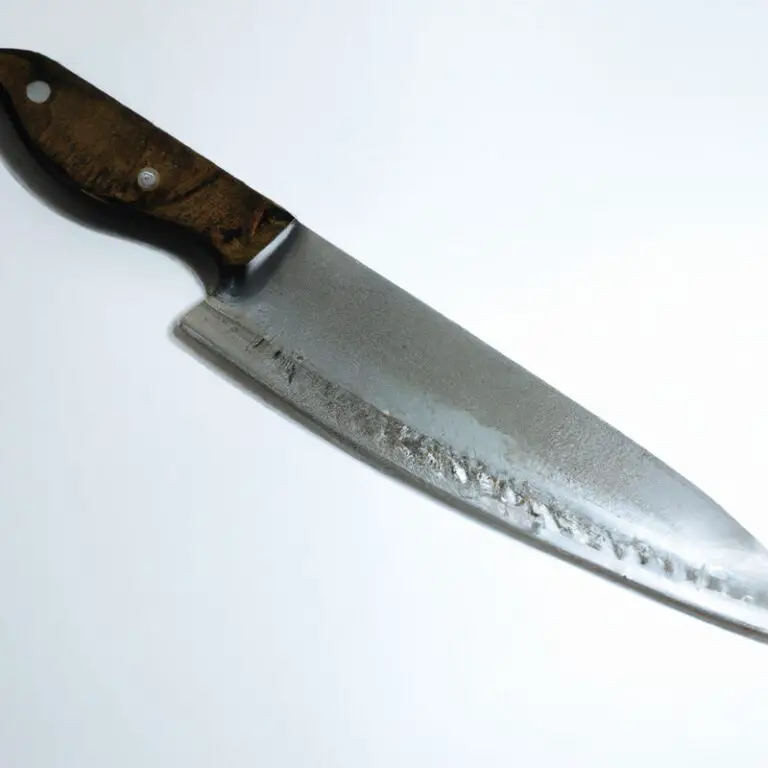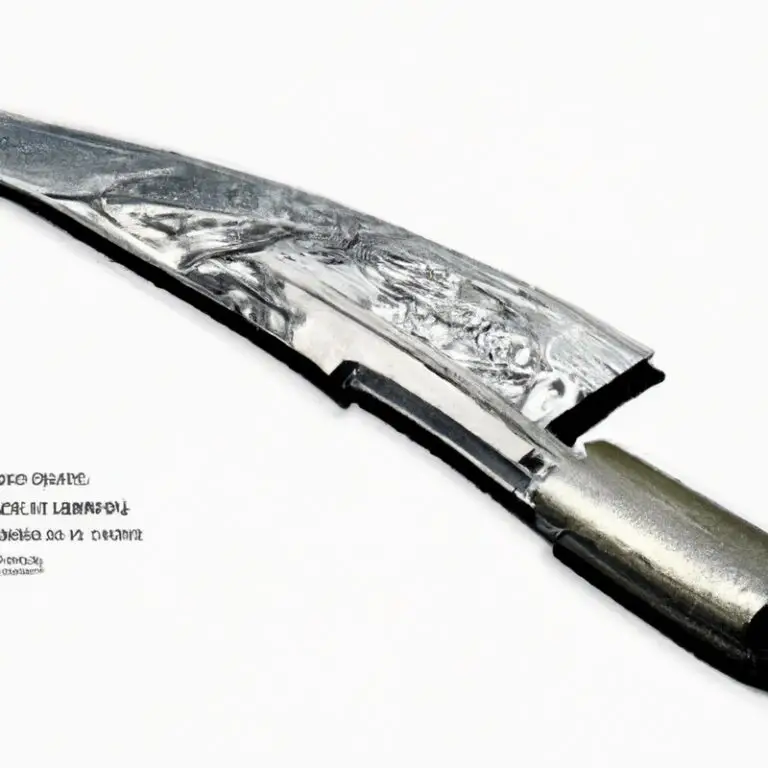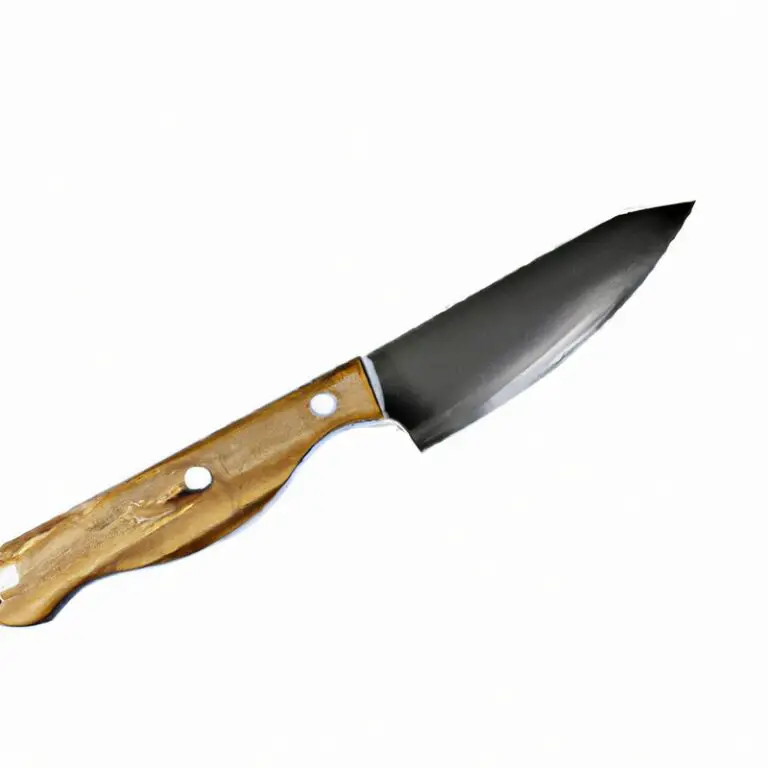How To Fillet a Striped Bass Using a Fillet Knife? (Effortlessly)
Key Takeaways:
- Use a sharp fillet knife for the cleanest cuts and to minimize waste.
- Follow the natural contours of the fish’s body to properly remove the fillet.
- Proper hand placement and technique is crucial to avoid injury.
- Once the fillet is removed, remove any remaining bones carefully before cooking.
Are you tired of struggling to fillet a striped bass? Fear not, with the right tools and techniques, it can be a breeze.
As an avid fisherman myself, I’ve spent countless hours perfecting my filleting skills.
In this article, I will guide you through the step-by-step process of filleting a striped bass using a fillet knife. From preparing the fish to serving and storing the fillets, I will cover everything you need to know to make the most of your catch.
Get ready to impress your friends and family with delicious, boneless fillets.
Let’s dive in!
| Steps | Ingredients/Tools |
|---|---|
| 1. Clean the fish by removing the scales, head, and entrails. | 1 striped bass 1 fillet knife 1 cutting board 1 pair of scissors 1 bowl of ice water 1 towel |
| 2. Rinse the fish and pat dry with a towel. | |
| 3. Make a cut under the gills and down to the backbone. | |
| 4. Insert the fillet knife at the base of the head and run it along the spine until you reach the tail. | |
| 5. Use scissors to cut the rib bones away from the fillet, being careful not to damage the flesh. | |
| 6. Run the fillet knife between the skin and the flesh of the fillet, holding the skin taut with one hand and moving the knife back and forth with the other. | |
| 7. Remove any remaining bones with tweezers. | |
| 8. Rinse the fillet in the bowl of ice water to remove any remaining scales or bones, and pat dry with a towel. | |
| 9. Repeat steps 3-8 for the other side of the fish. |
Preparing to fillet: cleaning and scaling the striped bass
Before you can fillet a striped bass, you need to make sure it is properly cleaned and scaled. This will ensure that the meat is free from any dirt or debris and that the scales do not interfere with the filleting process.
To clean the bass, rinse it under cold running water and use a scaler to remove the scales.
Start at the tail and work your way towards the head, being careful not to damage the skin. Alternatively, you can use the back of your knife to scrape the scales off.
Once the scales are removed, it’s a good idea to gut the fish.
Cut from the anus towards the head and remove the innards. Rinse the cavity thoroughly.
After cleaning and gutting the bass, rinse it once more under cold water and pat it dry with paper towels.
At this point, the fish is ready to be filleted. By taking the time to properly clean and scale your bass, you’ll be able to enjoy a better end result and avoid any unwanted flavors or textures that could result from leaving dirt or scales on the fish.
Choosing the right fillet knife for the job
Choosing the right fillet knife is crucial when it comes to filleting a striped bass. The two most common types of fillet knives are flexible and stiff.
A flexible knife bends easily and is best suited for filleting fish with delicate flesh.
On the other hand, a stiff knife is more durable and ideal for filleting larger fish with tough skin. Additionally, the length of the knife is also important.
A larger knife is ideal for filleting bigger fish, while a smaller knife is more suited for smaller fish.
Make sure to choose a knife that fits comfortably in your hand, with a handle that provides a good grip. When selecting a fillet knife, consider investing in a high-quality knife that is specifically designed for filleting fish, made with durable materials that ensure a sharp edge.
Keeping the blade sharp is crucial, so a knife with a honing tool included is a good investment.
Choosing the right fillet knife can make all the difference and result in a well-executed fillet.
Basic filleting techniques: cutting along the spine and removing the head
The first step in filleting a striped bass is to cut along the spine and remove the head. Using a sharp fillet knife, make a cut along the backbone from the head to the tail.
Turn the fish around and repeat the process on the other side.
Once both cuts have been made, remove the head by cutting through the joint where it attaches to the body. Be sure to dispose of the head properly.
After the head is removed, make a cut through the belly of the fish, from the bottom of the head cut to the tail.
Make sure to cut through the rib bones, but avoid cutting through the spine. Once the belly cut is made, use your fillet knife to cut along the spine, starting at the tail and working your way towards the head.
Gently lift the fillet as you cut, making sure to separate it from the bones as you go.
Once the fillet is completely separated, repeat the process on the other side of the fish. Cutting along the spine and removing the head is an essential step in filleting a striped bass.
It allows you to remove the meat from the bones, resulting in a boneless fillet that is ready for further trimming and cooking.
Removing the fillet from the skin: the “skin against the board” method
To remove the fillet from the skin of a striped bass, the “skin against the board” method is the most effective. First, use the fillet knife to carefully cut the fillet away from the rib bones and spine of the fish.
Once the fillet is separate from the spine, place the skin side down against a cutting board and hold it firmly in place.
Next, insert the tip of the fillet knife between the skin and the meat, angling it slightly towards the skin. Keeping the knife close to the skin, use a back and forth motion to loosen the meat from the skin, gently pulling the skin away from the meat as you go.
With practice, this method can be done quickly and efficiently, leaving behind a perfectly clean fillet.
Trimming the fillets: removing bones and any remaining skin or scales
After removing the fillet from the skin, it’s time to trim the fillet. Use the tip of the fillet knife to remove any remaining bones from the flesh.
Run your fingertips over the fillet, feeling for any protruding bones and gently pulling them out with pliers.
Next, use a pair of kitchen scissors to snip off any remaining scales or skin. Hold the fillet flat on a cutting board, and carefully trim off any small bones or fat along the edges.
It’s important to remove all bones and scales to ensure that the final dish is enjoyable to eat.
With practice, trimming the fillets will become easy, and you’ll be able to do it quickly and efficiently.
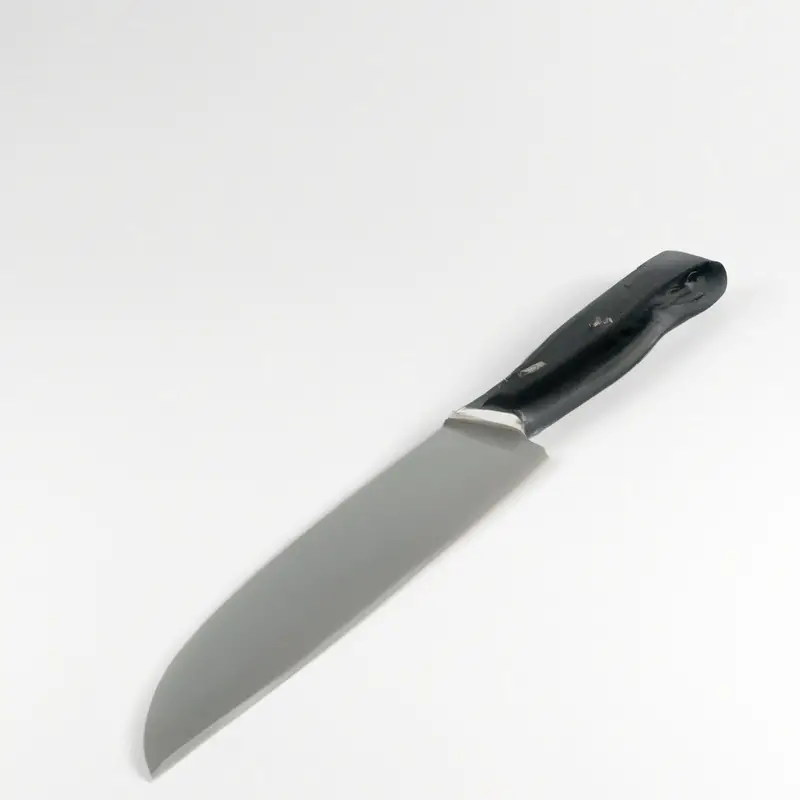
Serving and storing the fillets: tips for keeping them fresh and tasty
After filleting a striped bass, it is important to handle the fillets properly to ensure that they stay fresh and tasty. Here are some useful tips for serving and storing the fillets:
- Serve the fillets immediately after filleting for optimal freshness and flavor.
- If you need to store the fillets, place them in an airtight container or wrap them tightly in plastic wrap to prevent air from reaching them.
- Store the fillets in the refrigerator at a temperature below 40 degrees Fahrenheit to prevent bacterial growth.
- For longer storage periods, consider freezing the fillets. Place them in a freezer bag or wrap them tightly in plastic wrap before placing in the freezer.
- Thaw frozen fillets in the refrigerator overnight or under cold running water before cooking.
By following these simple tips, you can ensure that your filleted striped bass stays fresh and delicious for as long as possible.
Advanced filleting methods: removing the pin bones and rib bones
Removing the pin bones and rib bones from a striped bass fillet requires advanced filleting techniques. Before removing the bones, ensure that your fillet knife is sharp, and you have a pair of pliers or tweezers handy.
- Removing the pin bones: Run your fingers down the fillet to locate the line of pin bones. Using small pliers or tweezers, gently pull the bones upwards and out of the flesh. Ensure you remove all the bones.
- Removing the rib bones: Beginning at the top of the fillet, insert the tip of the fillet knife under the rib bones. Cut the ribs free from the flesh by carefully and slowly slicing down to the tail. Once the rib bones are loose, pull them up and out of the flesh using pliers or tweezers.
After removing the bones, trim the fillet using a sharp fillet knife, and dispose of the bones and scrapings properly. Keep in mind that removing bones from a striped bass fillet can be challenging, so take your time to avoid damaging the flesh or leaving bones behind.
Now you know how to remove the pin and rib bones from a striped bass fillet.
Continue reading to learn how to troubleshoot common issues that may arise during filleting and how to safely use a fillet knife.
Troubleshooting common issues: dealing with tough skin or bones that won’t come out
Dealing with tough skin or bones that won’t come out can be a challenge when filleting a striped bass. One solution to this problem is to use a spoon to scrape away any remaining skin or bones, especially along the rib cage and along the lateral line.
Additionally, using a sharp fillet knife can make a big difference and minimize the chances of encountering tough skin or bones in the first place.
Another tip is to try adjusting the angle and pressure of the blade to better navigate through any tougher areas. Remember to take your time and work carefully to avoid damaging the fillet.
By following these tips, you can successfully troubleshoot common issues when filleting a striped bass and end up with a delicious and boneless fillet ready to prepare.
Safety tips when using a fillet knife: avoiding injuries while working with sharp blades
When working with sharp fillet knives, safety is of utmost importance. Here are some tips to keep in mind while using fillet knives:
- Always use a sharp knife: A dull knife requires more force and is more likely to slip and cause injury.
- Proper grip: Hold the knife with a firm grip and keep your fingers away from the blade. Avoid pointing the blade towards your body.
- Choose a stable surface: Work on a stable and non-slip surface. Use a cutting board that has a non-slip base to avoid cutting yourself.
- Watch your hands: Keep your free hand away from the blade while cutting. Use the hand on the opposite side of the knife to hold the fish in place.
- Concentrate on the task: Pay attention to your work and avoid any distractions. Accidents can happen in the blink of an eye, so it’s crucial to stay focused.
- Store safely: When not in use, store the fillet knife safely in a sheath or a knife block, away from children and other potential hazards.
By following these tips, you can minimize the risk of injuries while filleting your striped bass with a fillet knife.
Cooking tips: recipe ideas and techniques for cooking striped bass fillets
There are several ways to prepare and cook striped bass fillets to bring out their natural flavour and texture. Here are a few recipe ideas and techniques to try:
- Grilled Striped Bass Fillets: Brush the fillets with olive oil, sprinkle salt, pepper, and your choice of herbs, and grill over medium heat until cooked through.
- Pan-Seared Striped Bass Fillets: Heat a pan with olive oil until hot, place the fillets skin-side down and cook until crispy, flip, and cook the other side for a few more minutes. Add butter, garlic, and lemon juice for a flavourful finishing touch.
- Baked Striped Bass Fillets: Coat the fillets with breadcrumbs, Italian seasoning, and a drizzle of olive oil, and bake in the oven at 375°F for 15-20 minutes.
- Poached Striped Bass Fillets: Add fish broth or seasoned water to a pot, place the fillets inside and bring to a simmer. Cook for 5-7 minutes, and enjoy with your choice of vegetables or rice.
To make the most of your striped bass fillets, use a meat thermometer to ensure they reach an internal temperature of 145°F. Avoid overcooking, as this can cause the fish to become dry and tough.
Experiment with different seasonings, sauces, and cooking methods to find your favourite way to cook striped bass fillets.
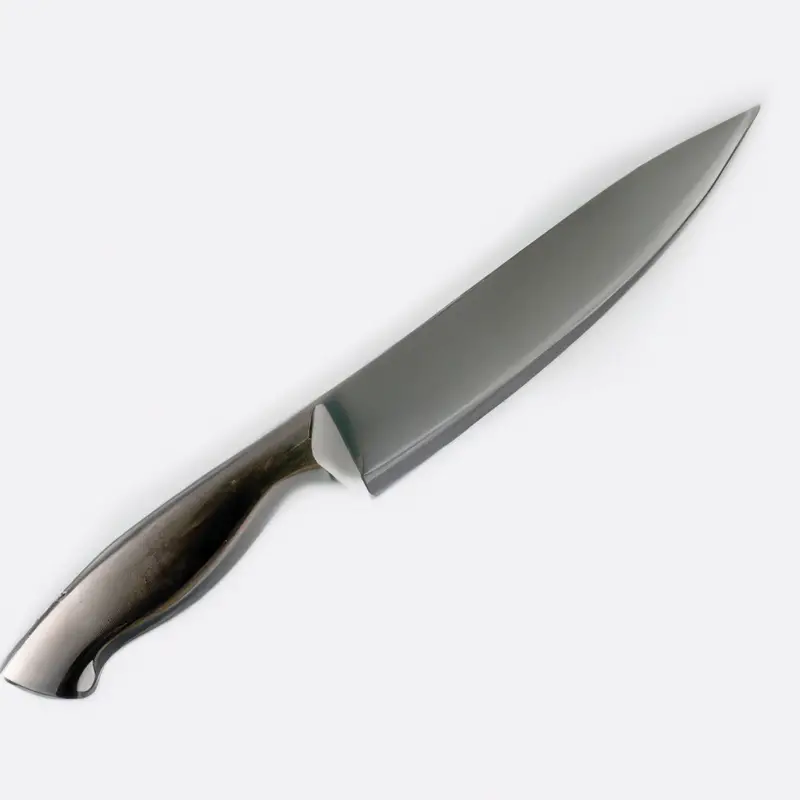
Final Verdict
Mastering the art of filleting striped bass can seem intimidating at first, but with the right technique and tools, it can be a rewarding experience that results in delicious meals for you and your loved ones. Remember to choose a good quality fillet knife and to practice basic techniques such as cutting along the spine and removing the head.
Be patient and take your time when removing the skin and trimming the fillets, and don’t hesitate to seek out advanced methods for removing pin bones and rib bones.
Always prioritize safety and be mindful of the sharpness of your knife, and don’t forget to utilize the tips and tricks discussed here for serving and storing your fillets. With these skills in your arsenal, you can confidently bring the flavors of the sea to your table with perfectly filleted striped bass fillets.

